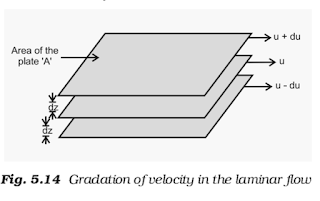
As temperature decreases, viscosity increases. The results illustrate the trend for dead oil viscosity and temperature. 5 provides an annotated list of the most commonly used correlation methods for calculating viscosity. Al-Kafaji et al.‘s method is unsuited for crudes with gravities less than 15☊PI, while Bennison’s method, developed primarily for low API gravity North Sea crudes, is not suited for gravities greater than 30☊PI.įig. 4 show that the method proposed by Standing is not suited for crude oil with gravities less than 28☊PI.

3 and 4 summarize all of the dead oil viscosity correlations described in Tables 2 and 3. Undersaturated oil viscosity is determined as a function of gas saturated oil viscosity and pressure above saturation pressure.įigs. The viscosity of the gas saturated oil is found as a function of dead oil viscosity and solution gas-oil ratio (GOR). Dead or gas-free oil viscosity is determined as a function of crude oil API gravity and temperature.
Viscosity calculations for live reservoir oils require a multistep process involving separate correlations for each step of the process. 2 provides the typical shape of reservoir oil viscosity at constant temperature. Above saturation pressure, viscosity increases almost linearly with pressure. The effect of solution gas is to reduce viscosity. Viscosity increases with decreases in crude oil API gravity (assuming a constant Watson characterization factor) and decreases in temperature. In general, viscosity characteristics are predictable. 1 shows the effect of crude oil characterization factor on dead oil viscosity. Clearly, chemical composition, in addition to API gravity, plays a role in the viscosity behavior of crude oil. Table 1 shows an example for a 35° API gravity oil that points out the relationship of viscosity and chemical makeup recalling a characterization factor of 12.5 is reflective of highly paraffinic oils, while a value of 11.0 is indicative of a naphthenic oil. The use of both the API gravity and the Watson characterization factor provides a more complete description of the oil.

Typically, oil composition is described by API gravity only. The principal factors affecting viscosity are: Viscosity correlations discussed in this page apply to Newtonian fluids. 4.3 Correlations for undersaturated oilįluids that exhibit viscosity behavior independent of shear rate are described as being Newtonian fluids.


 0 kommentar(er)
0 kommentar(er)
